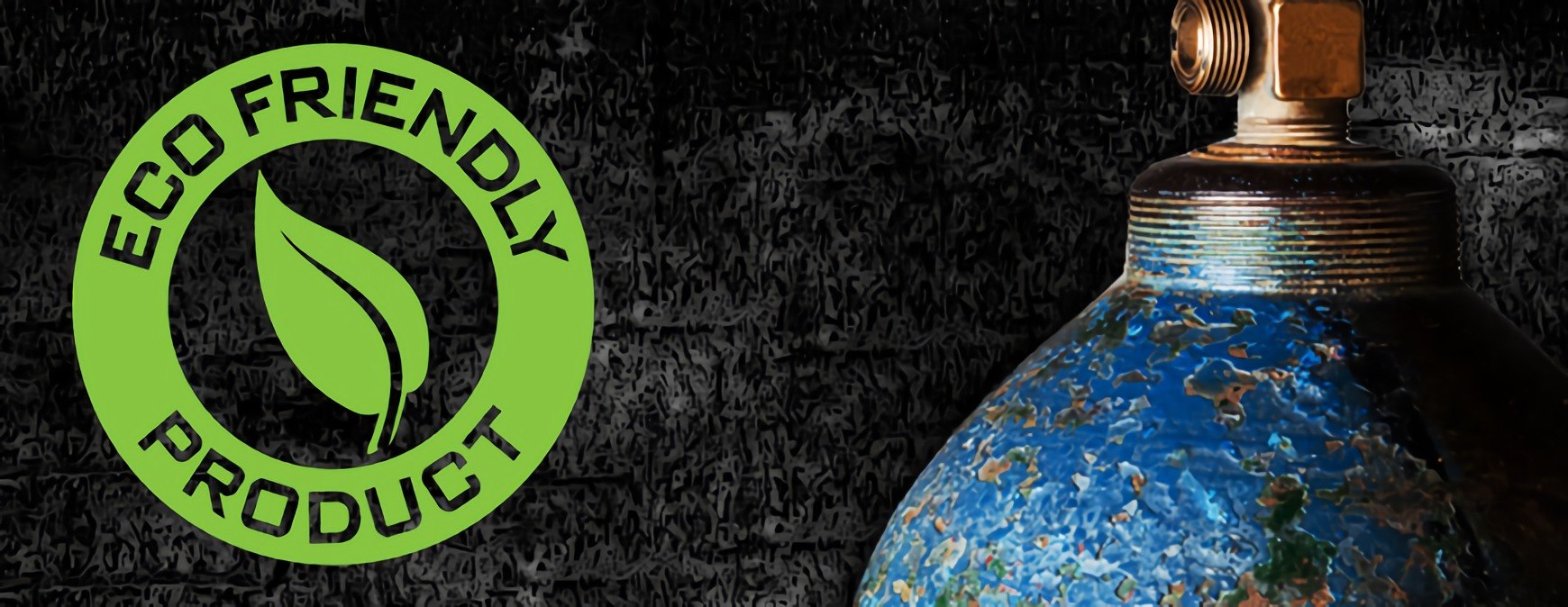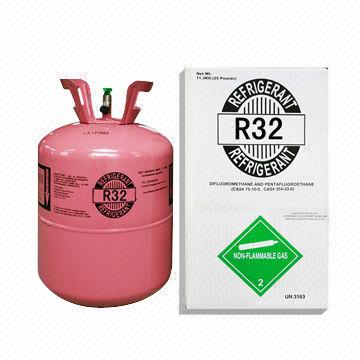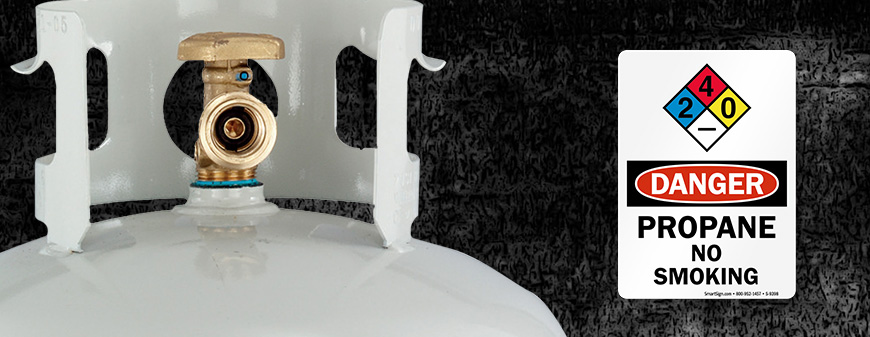
Since worries about the depletion of the ozone layer began in the 1980s, refrigerants with high ozone depletion potential (ODP) – chlorofluorocarbons (CFCs) and hydrochlorofluorocarbons (HCFCs) – have been gradually phased out. These refrigerants were largely replaced with hydrofluorocarbons (HFCs). However, as global warming became an increasing concern, HFCs were also found to have a negative environmental impact due to their high global warming potential (GWP). Both industry and government seek to reduce these greenhouse gases by introducing more environmentally friendly options. Students can learn these new regulations by training at an HVAC and refrigeration school.
HFOs
More recently, hydrofluoroolefins (HFOs) have been touted as a viable alternative, as they have zero ODP and low GWP. Although more eco-friendly than HFCs, HFOs share similar safety hazards. Most currently available HFOs have been granted A2 ratings, which indicate that they have low toxicity and are slightly flammable. However, the risk for bodily harm starkly increases if HFO refrigerants leak and catch fire. 1 For example, low-GWP refrigerant R1234yf is being tested in some automobile air conditioning systems, but manufacturers have found that the refrigerant could ignite in the case of a serious accident, although so far this has not occurred.
R32

In 2014, the United States Environmental Protection Agency approved a plan for the complete phase-out of hydrochlorofluorocarbon R22. While 51 million pounds were allowed in 2014, this figure dropped dramatically to 22 million pounds in 2015 and 16 million pounds in 2016. After 2020, no new or imported R22 will be allowed in the United States. 2 With R22 largely out of the picture, the industry is now turning to R32, a retrofit refrigerant that made waves in 2012 when it was introduced in Japanese air conditioners which has a relatively low GWP. Blends of R32 and HFO are increasingly being used in the refrigeration industry. 3
R32 is deemed mildly flammable, so it must be stored and handled away from sources of heat or ignition. An air conditioning unit using R32 also ought to be located in a well-ventilated room. Lastly, ensure that the unit has up-to-date gas monitors that can warn of leaks. 4
Get Started on the Path to a New Career
Fill out our form to learn how we can help you change your life.
Propane

In addition to HFOs, R32, and R32-HFO blends, the HVAC industry has examined the possibility of placing a greater emphasis on natural substances like propane. Although propane is a better environmental solution than HFCs or HCFCS, it is also highly flammable, can accumulate in hazardous amounts, contain gas under pressure and explode, lead to suffocation in high concentration, and cause frostbite. Its high flammability has kept it largely out of most U.S. applications, 5 but as of March 2016, the EPA has proposed to make propane an acceptable chemical in commercial refrigeration. 6
Safety measures include eliminating heat or ignition sources, using adequate ventilation, immediate reporting leaks, exiting the area in case of leakage, avoiding tampering with system parts such as cylinders, valves or safety-relief devices.7 Propane should be stored in a cool, well-ventilated area that is out of direct sunlight and away from incompatible materials as well as flammable items. The refrigerant ought to be stored on the ground floor or in an isolated, detached building. 7, 8
CO2
Another natural, eco-friendly refrigerant is CO2 (carbon monoxide), which was used extensively in refrigeration prior to the 1930s until CFCs took over. CO2 is in fact non-flammable. However, it can be hazardous. It can explode when heated, accumulate in dangerous amounts and lead to suffocation, and cause frostbite.
For safe handling and storage, avoid contact with incompatible chemicals, consider correct pressure requirements, store cylinders upright, and away from high traffic areas or emergency exits. Moreover, CO2 should be stored in a cool, dry, well-ventilated area that is removed from direct sunlight and heat/ignition sources. Also, avoid areas with salt or other corrosive materials. In case of leakage, evacuate are immediately. 9
A Bright Future for Refrigerants
While new refrigerants are more environmentally friendly, they are not hazardous free. Professionals must still keep in mind that they need to be used, stored, and disposed of safely according to regulations.
Additional Sources
1 – http://www.achrnews.com/articles/128201-the-professors-lesson-on-hfo-hc-refrigerants
2 – http://www.achrnews.com/articles/127966-epa-finalizes-r-22-phaseout-plan
3 – http://www.daikin.com/csr/report/2013/p15_18_feature1.pdf
4 – http://www.wmaircon.co.uk/news/r32-introduction.php
5 – http://www.achrnews.com/articles/94191-putting-propane-into-the-refrigerant-loop
6 – http://www.achrnews.com/articles/132143-epas-snap-program-to-allow-use-of-propane-in-certain-refrigeration-equipment
7 – http://www.propanefl.com/safety_tips.htm
8 – http://orosha.org/pdf/pubs/fact_sheets/fs09.pdf
9 – https://www.ccohs.ca/oshanswers/chemicals/chem_profiles/carbon_dioxide.html
This blog has been labeled as archived as it may no longer contain the most up-to-date data. For a list of all current blog posts, please visit our blog homepage at https://www.rsi.edu/blog/

